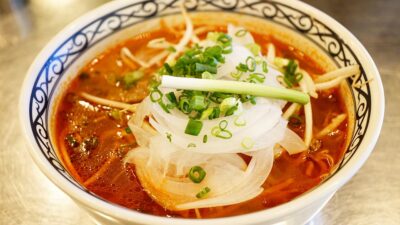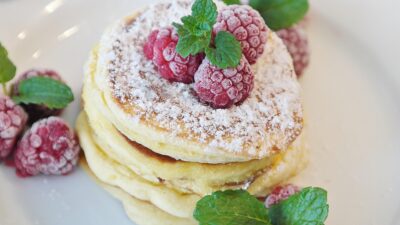French cuisine is renowned for its sophistication, flavor, and artistry. As one of the world’s most celebrated culinary traditions, it encompasses a wide variety of regional dishes, techniques, and ingredients. Whether you’re a novice cook aspiring to explore French gastronomy or a seasoned chef looking to refine your skills, understanding the foundational elements of this rich cuisine is essential. This article will guide you through essential ingredients and techniques that are the backbone of French cooking.
Essential Ingredients
1. Herbs and Spices
- Thyme, Rosemary, and Bay Leaves: These herbs are staples in French dishes, adding depth and fragrance. They are often used in soups, stews, and marinades.
- Tarragon: Known for its anise-like flavor, tarragon is vital in classic sauces like Béarnaise and complements chicken and seafood beautifully.
- Parsley: Fresh parsley brightens dishes and is commonly used as a garnish. It also features in many herb-based sauces.
2. Fats
- Butter: Unsalted butter is a cornerstone of French cooking, used for sautés, sauces, and pastry making. The quality of butter can significantly impact flavor.
- Olive Oil: Particularly in Mediterranean regions of France, high-quality olive oil is revered for its robust flavor, used in dressings and cooking.
- Lard and Duck Fat: These fats are often employed in traditional recipes for their ability to impart rich flavors to dishes like confit and rillettes.
3. Stocks and Sauces
- Basic Stocks: Chicken, beef, and vegetable stocks form the foundation of many sauces and soups. Mastering the art of stock-making is crucial for depth of flavor.
- Mother Sauces: Bechamel, Bolognese, Hollandaise, Velouté, and Espagnole are the five mother sauces in French cuisine. They can be transformed into countless derivative sauces and enhance a variety of dishes.
4. Proteins
- Poultry: Duck, chicken, and quail are commonly used in classic French dishes. Duck confit is a must-try and a traditional delicacy.
- Seafood: With a lengthy coastline, France boasts a rich seafood tradition, from bouillabaisse (fish stew) to oysters and mussels.
- Charcuterie: Cured meats like pâté, rillettes, and saucisson are essential components of French appetizers and are integral to the culture of sharing meals.
5. Vegetables
- Shallots: Milder and sweeter than onions, shallots add a refined flavor to sauces and dressings.
- Mirepoix: A mix of onions, carrots, and celery serves as the aromatic base for countless dishes, contributing a savory depth.
- Root Vegetables: Carrots, turnips, and potatoes are often featured and play a crucial role in hearty French fare.
6. Cheeses and Breads
- Cheese: France is famous for its vast array of cheeses—brie, camembert, roquefort, and cheddar. Each region has artisanal varieties, integral to cheese boards.
- Bread: A baguette is a daily staple, while brioche is a rich, buttery bread often enjoyed at breakfast or with desserts.
Essential Techniques
1. Sautéing
A fundamental cooking method in French cuisine that involves cooking food quickly in a small amount of fat. Perfecting a sauté can elevate vegetables, meats, and seafood with enhanced flavor and texture.
2. Braising
This technique involves cooking meat slowly in a covered dish with a small amount of liquid. It’s excellent for tougher cuts, allowing them to become tender and flavorful.
3. Emulsification
The process of mixing fat with water-based liquids to create a stable sauce, such as mayonnaise or vinaigrette. Emulsification is crucial for achieving the creamy textures in many dressings and sauces.
4. Filleting
A skill necessary for preparing fish and poultry, filleting involves cutting away the bones and skin to leave just the lean meat. Mastery of filleting is essential for elegant presentation and preparation.
5. Pastry Techniques
French pastry-making, including working with pâte brisée (shortcrust pastry), puff pastry, and choux pastry, requires precision and practice. Perfecting these can open up a world of delectable desserts.
6. Plating
The art of presentation is vital in French cuisine. Clean, elegant plating enhances the dining experience, showcasing the dish’s colors, textures, and components in a visually appealing manner.
Conclusion
French cuisine is an intricate tapestry of traditional methods and high-quality ingredients. By mastering these essential components, one can create dishes that honor this rich culinary heritage while delighting the palate. Whether you’re whipping up a classic coq au vin or indulging in homemade pastries, embracing these basics will offer a profound appreciation for the nuances of French cooking. Bon appétit!



